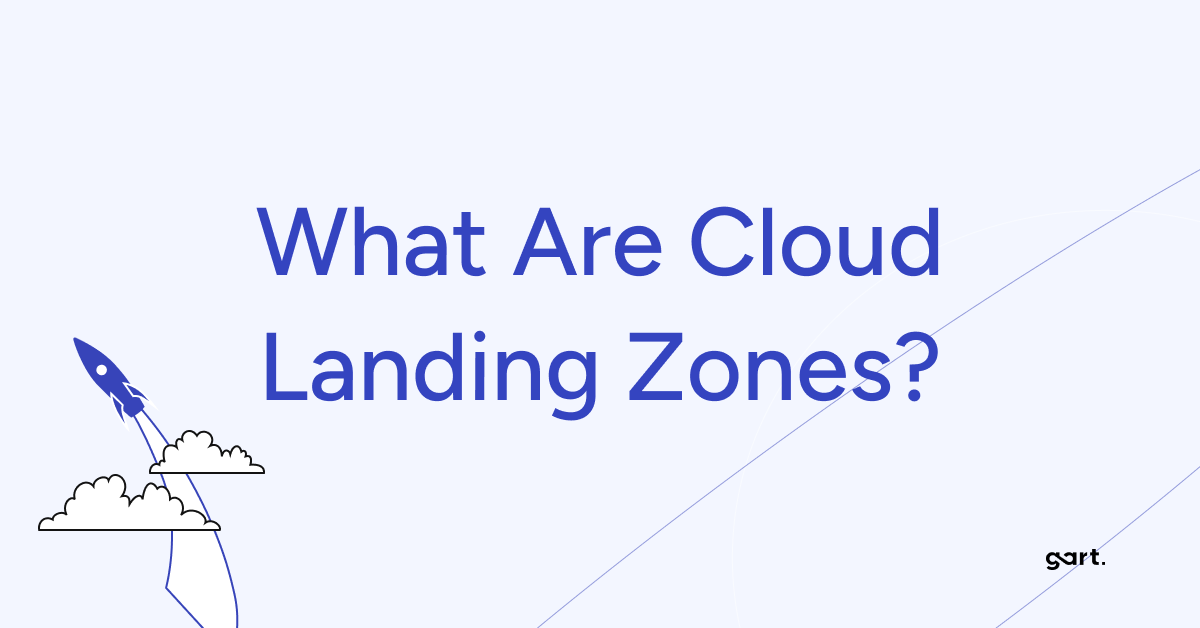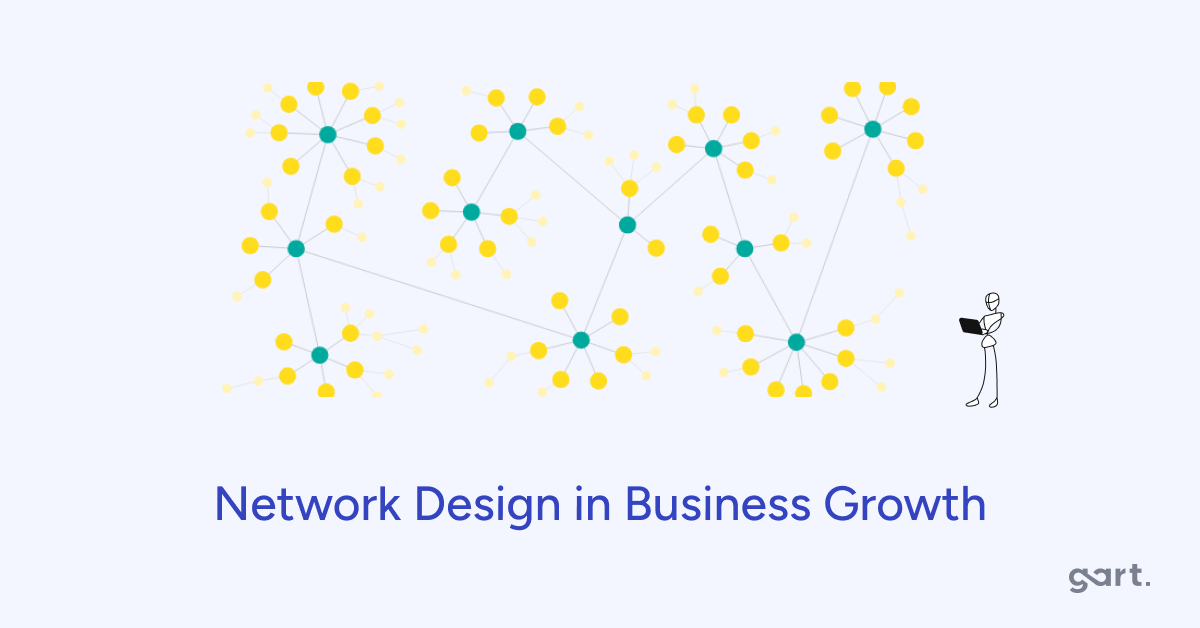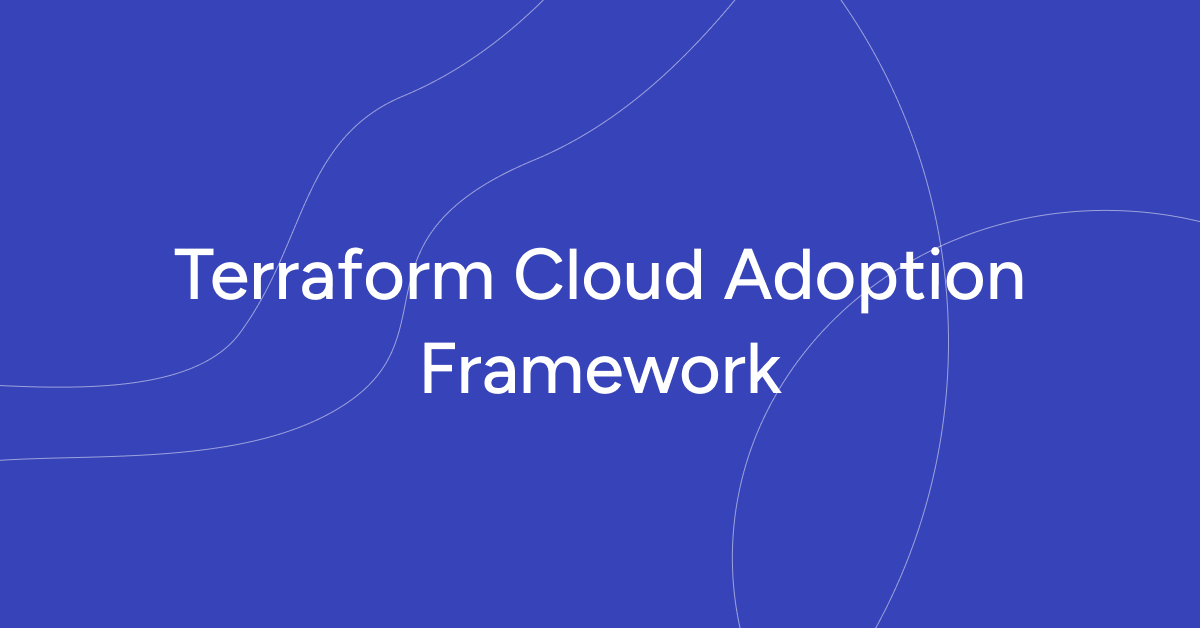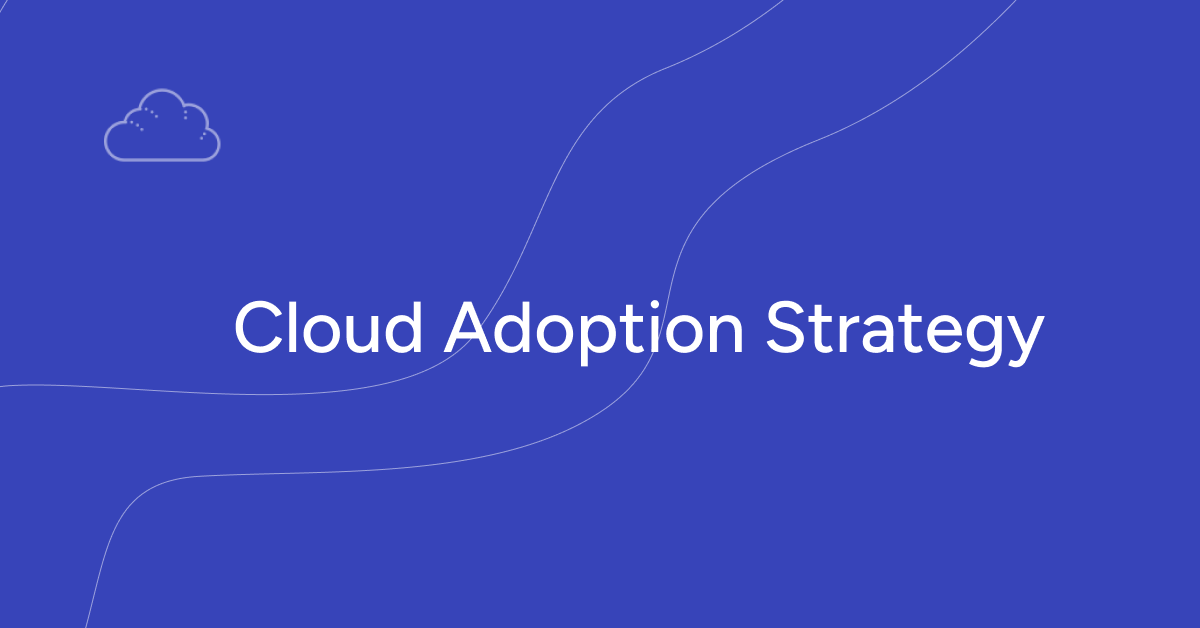Cloud computing has become a cornerstone for businesses aiming to scale their operations securely and cost-effectively. One essential concept within this realm is the Cloud Landing Zone.
An Azure Landing Zone is a well-architected framework within Microsoft’s cloud platform. Think of it as your dedicated space in the cloud, meticulously structured to align with best practices. It enables organizations to maximize the potential of cloud computing by maintaining manageability, security, and scalability.
This article unpacks the key considerations and implementation approaches to make the most out of your cloud journey.
What are Cloud Landing Zones?
A Cloud Landing Zone serves as the foundational blueprint for cloud adoption. It is not just a physical space but a set of principles and guidelines that helps businesses:
- Build scalable cloud architectures.
- Securely manage resources.
- Adapt to evolving requirements without unnecessary redesigns.
Without these strong foundations, businesses might face the daunting task of re-architecting setups to meet changing demands.
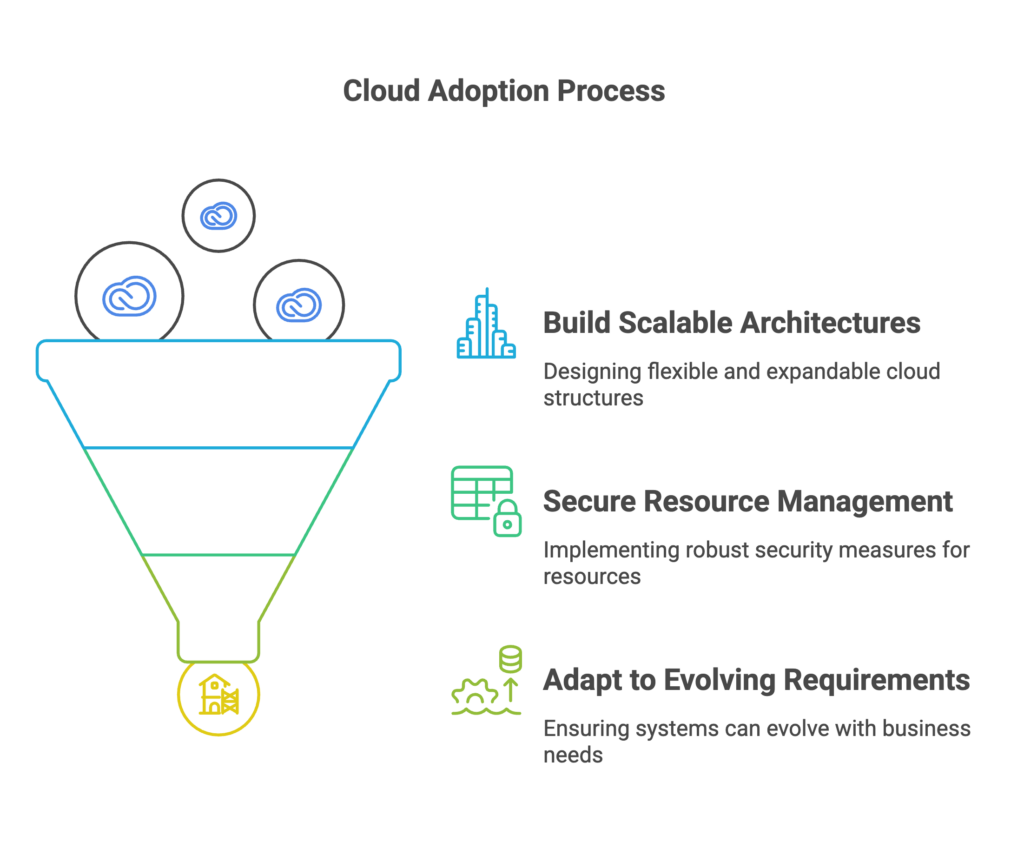
Key Components of Cloud Landing Zones
Starting in the cloud is relatively straightforward. However, as operations grow, challenges arise in areas like security, resource organization, and scalability. An Azure Landing Zone provides a solution by offering a guided, structured approach.
To craft a robust Cloud Landing Zone, you need to focus on several vital elements:
1. Account and Resource Organization
As your cloud environment grows, maintaining it becomes increasingly complex. Setting up sustainable management practices ensures the scalability of your operations.
Managing accounts and resources efficiently is critical. For instance, AWS recommends a multi-account strategy where:
- Different workloads are allocated to separate accounts.
- Shared workloads, such as security or networking, are housed in distinct accounts to ensure clarity and better management.
Properly organizing resources helps in streamlining management. Grouping and structuring resources logically makes operational oversight simpler and more efficient.
Understanding your cloud costs and how resources fit together at the organizational level is crucial. This begins with configuring billing structures and active directory (now Entra ID) tenants to ensure clear and efficient cost management.
2. Access Management
Centralized access management is another cornerstone of a Landing Zone. IAM focuses on ensuring that users have the correct roles and permissions to access only what they need. This not only enhances security but also ensures smooth operation.
Considerations here include:
- Implementing cross-account access where necessary.
- Defining the appropriate level of access for various workloads.
3. Network Architecture
A critical consideration is how the landing zone integrates with existing on-premises networks. Establishing secure connections, allowing for growth, and maintaining network security are all essential.
Efficiently structuring your network involves:
- Global network segmentation.
- CIDR (Classless Inter-Domain Routing) allocation.
- Shared network design that meets the organization’s needs.
4. Security and Compliance Baseline
Cloud environments differ fundamentally from on-premises setups due to their public nature. Structuring security protocols to protect assets in the cloud environment is paramount.
Compliance with organizational and industry standards (like ISO 27001 or NIST) is non-negotiable. Implementing governance policies ensures adherence to these standards while monitoring compliance effectively.
Establishing a robust security framework ensures compliance and protection. This involves:
- Encryption standards.
- Network security policies.
- Access control rules tailored to organizational requirements.
5. Logging, Monitoring, and Auditing
Continuous monitoring allows businesses to:
- Implement effective logging strategies.
- Monitor activities and logs essential for auditing and operational oversight.
These components, while fundamental, should be tailored to the specific needs and goals of your organization.
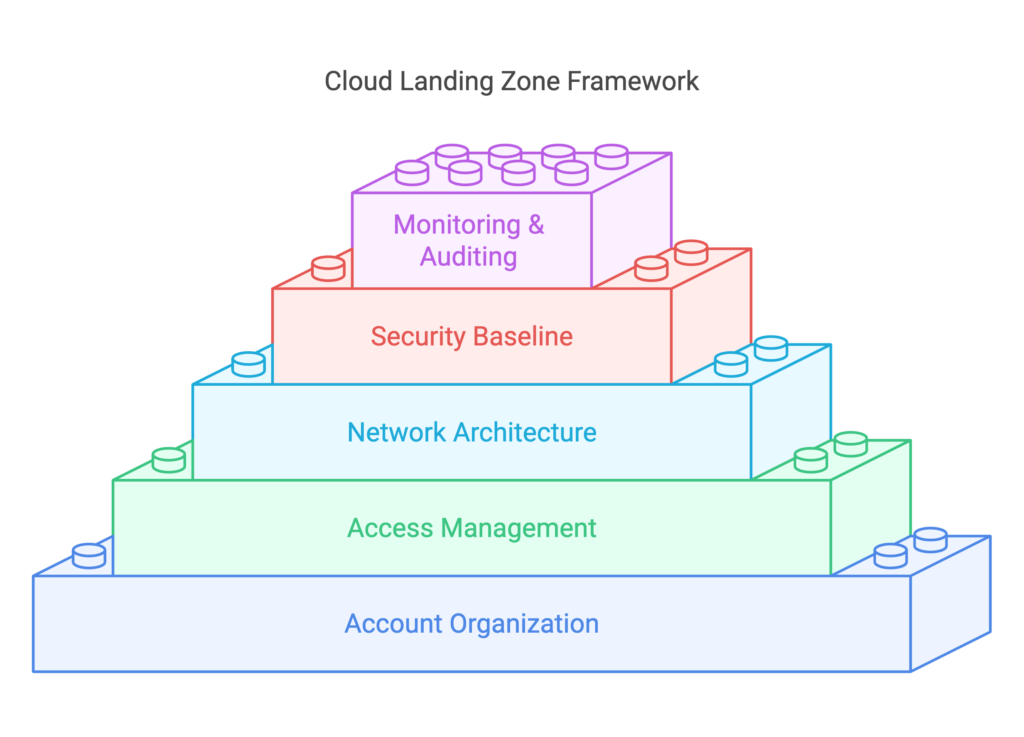
Implementing a Cloud Landing Zone
An Azure Landing Zone is a foundational setup that facilitates secure and scalable cloud adoption. If you’re ready to implement your landing zone, three key approaches can be explored: DIY (Do It Yourself), pre-built solutions, and expert-led customizations. Let’s delve into each method, its benefits, and considerations.
1. The DIY Approach
Organizations with strong technical expertise can explore the DIY method, where full control and flexibility are paramount. This approach involves creating a custom Azure environment by referencing Azure’s extensive documentation. While this method offers an excellent opportunity to understand Azure deeply and customize the setup to meet unique organizational needs, it also comes with significant challenges. Designing and implementing an environment independently requires substantial effort and familiarity with Azure’s ecosystem. Moreover, missing critical components can lead to unforeseen pitfalls.
Advantages:
- Complete control over configurations tailored to unique requirements.
- A deep dive into Azure’s features.
Challenges:
- High initial effort in research and design.
- Potential pitfalls if crucial components are overlooked.
2. Leveraging Pre-Built Solutions
For those seeking quicker implementation, Microsoft’s pre-built solutions, available on GitHub, present an attractive option. These accelerators come with pre-configured environments that are regularly updated to include new Azure features. While this method simplifies the initial setup process and offers extensive documentation support, organizations may still need to adapt these solutions to align them with their specific requirements. The balance of speed and customization makes this approach a compelling choice for many.
3. Expert Assistance
For a tailored and expertly managed approach, organizations can partner with consultants who specialize in Azure Landing Zones.
Key Benefits:
- Experts collaborate to understand your organization’s cloud adoption journey, challenges, and goals.
- Combining the best features of Microsoft’s accelerators with field experience.
Outcome: A solution perfectly aligned with your operational needs, ensuring a smoother and more efficient transition to the cloud.
Benefits of Implementing an Azure Landing Zone
Azure Landing Zones provide a structured framework to:
- Ensure Security and Compliance: Predefined policies safeguard data integrity and meet industry standards.
- Facilitate Scalability: Seamless integration of services supports future growth.
- Optimize Resource Management: Streamlined operations reduce unnecessary costs and improve efficiency.
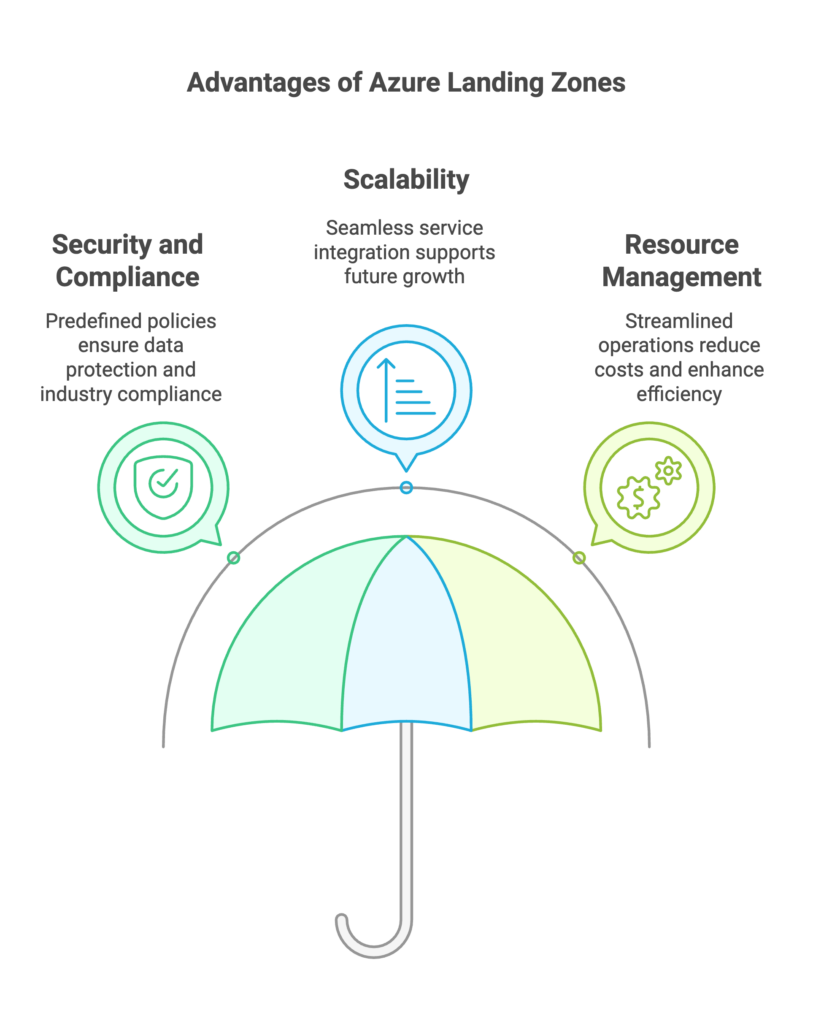
Choosing the right method depends on your organization’s technical expertise, resource availability, and specific goals. Whether building from scratch, adopting pre-built accelerators, or seeking expert help, the flexibility of Azure’s tools ensures a solution is within reach.
Wrapping Up
A Cloud Landing Zone is the starting point for a secure, scalable, and efficient cloud adoption journey. By focusing on its core components and selecting the right implementation approach, businesses can pave the way for a streamlined and future-proof cloud strategy. As technology evolves, maintaining flexibility and adhering to best practices ensures sustained success in the cloud landscape.
See how we can help to overcome your challenges

